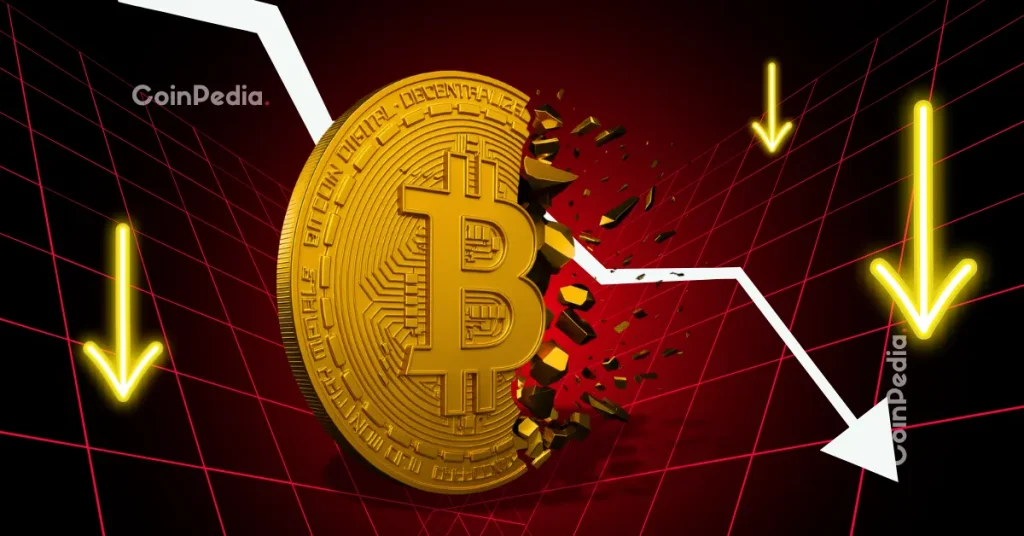The EUR/GBP cross attracts some buyers to around 0.8860 during the early European session on Friday. The Pound Sterling (GBP) weakens against the Euro (EUR) amid rising concerns over fiscal discipline and political stability in the United Kingdom (UK).
The downtick of the GBP came after a report by the Financial Times that UK Prime Minister Keir Starmer and Finance Minister Rachel Reeves have dropped the plan to raise income tax rates, in a dramatic turn ahead of the budget on November 26.
“If it means fiscal tightening won’t be as drastic as expected, that might be less bad for the economy, but foreign investors in the gilt market will be further troubled by what it means for the underlying fiscal position, and that will justify the knee-jerk negative reaction to the story,” said Ray Attrill, head of FX research at National Australia Bank.
Furthermore, weaker-than-projected UK preliminary Gross Domestic Product (GDP) data has prompted further economic concerns and added to pressure on the Bank of England (BoE) to deliver another rate cut in December.
Following the release of downbeat UK GDP data, the market has significantly increased its expectations for an interest rate cut by the BoE at its December meeting. Bets for a 0.25 percentage point cut have surged to near 80% probability. This, in turn, exerts some selling pressure on the GBP and acts as a tailwind for the cross.
Traders will closely monitor the preliminary reading of Eurozone Gross Domestic Product (GDP) for the third quarter (Q3), which will be published later on Friday. The Eurozone economy is projected to grow by 0.2% QoQ in Q3. On an annual basis, the Eurozone GDP is estimated to expand by 1.3% during the same period. If the reports show a worse-than-expected outcome, this might cap the upside for the Euro in the near term.
Pound Sterling FAQs
The Pound Sterling (GBP) is the oldest currency in the world (886 AD) and the official currency of the United Kingdom. It is the fourth most traded unit for foreign exchange (FX) in the world, accounting for 12% of all transactions, averaging $630 billion a day, according to 2022 data.
Its key trading pairs are GBP/USD, also known as ‘Cable’, which accounts for 11% of FX, GBP/JPY, or the ‘Dragon’ as it is known by traders (3%), and EUR/GBP (2%). The Pound Sterling is issued by the Bank of England (BoE).
The single most important factor influencing the value of the Pound Sterling is monetary policy decided by the Bank of England. The BoE bases its decisions on whether it has achieved its primary goal of “price stability” – a steady inflation rate of around 2%. Its primary tool for achieving this is the adjustment of interest rates.
When inflation is too high, the BoE will try to rein it in by raising interest rates, making it more expensive for people and businesses to access credit. This is generally positive for GBP, as higher interest rates make the UK a more attractive place for global investors to park their money.
When inflation falls too low it is a sign economic growth is slowing. In this scenario, the BoE will consider lowering interest rates to cheapen credit so businesses will borrow more to invest in growth-generating projects.
Data releases gauge the health of the economy and can impact the value of the Pound Sterling. Indicators such as GDP, Manufacturing and Services PMIs, and employment can all influence the direction of the GBP.
A strong economy is good for Sterling. Not only does it attract more foreign investment but it may encourage the BoE to put up interest rates, which will directly strengthen GBP. Otherwise, if economic data is weak, the Pound Sterling is likely to fall.
Another significant data release for the Pound Sterling is the Trade Balance. This indicator measures the difference between what a country earns from its exports and what it spends on imports over a given period.
If a country produces highly sought-after exports, its currency will benefit purely from the extra demand created from foreign buyers seeking to purchase these goods. Therefore, a positive net Trade Balance strengthens a currency and vice versa for a negative balance.
Source: https://www.fxstreet.com/news/eur-gbp-gathers-strength-above-08850-amid-uk-fiscal-worries-weak-gdp-data-202511140626


